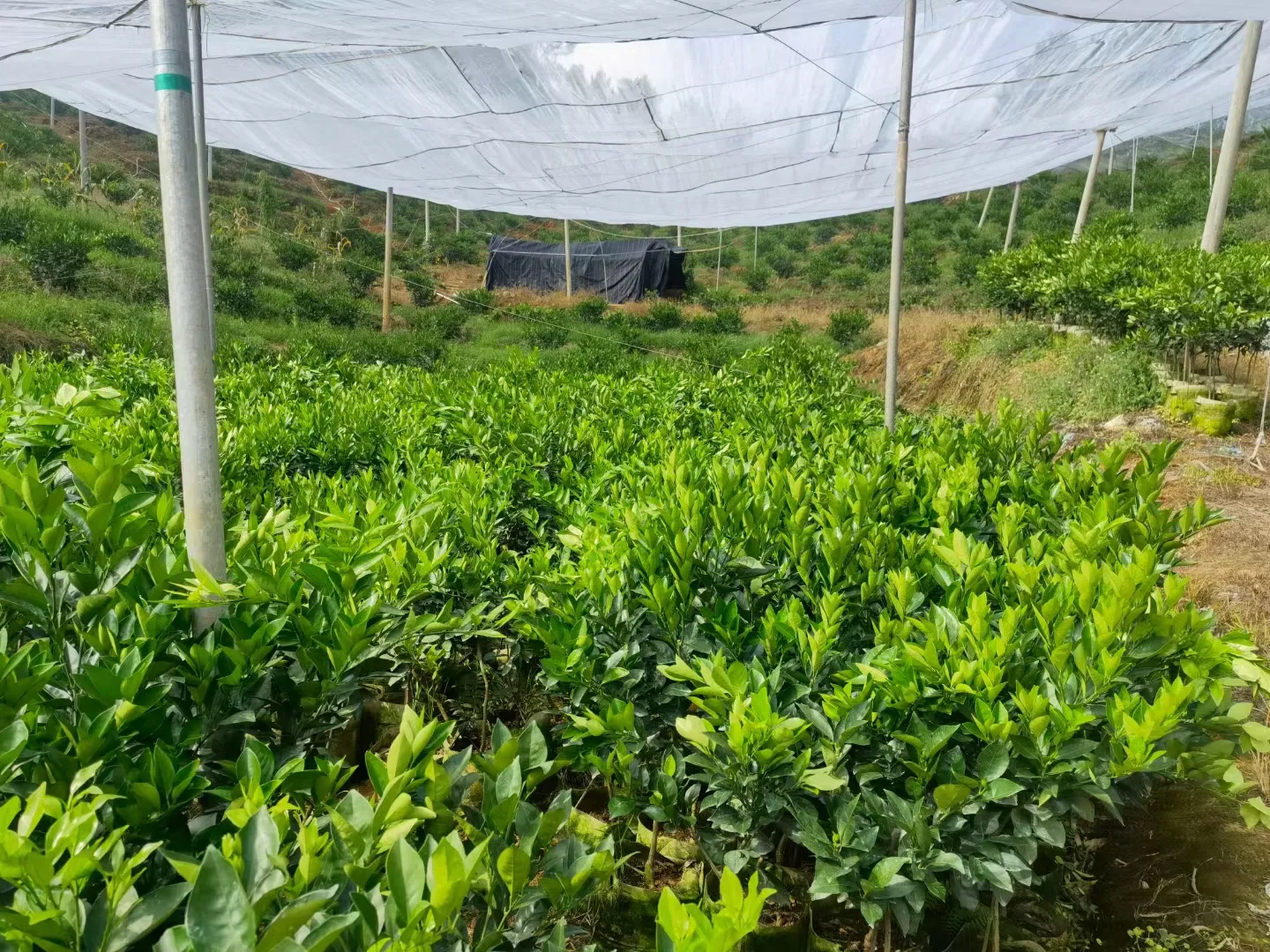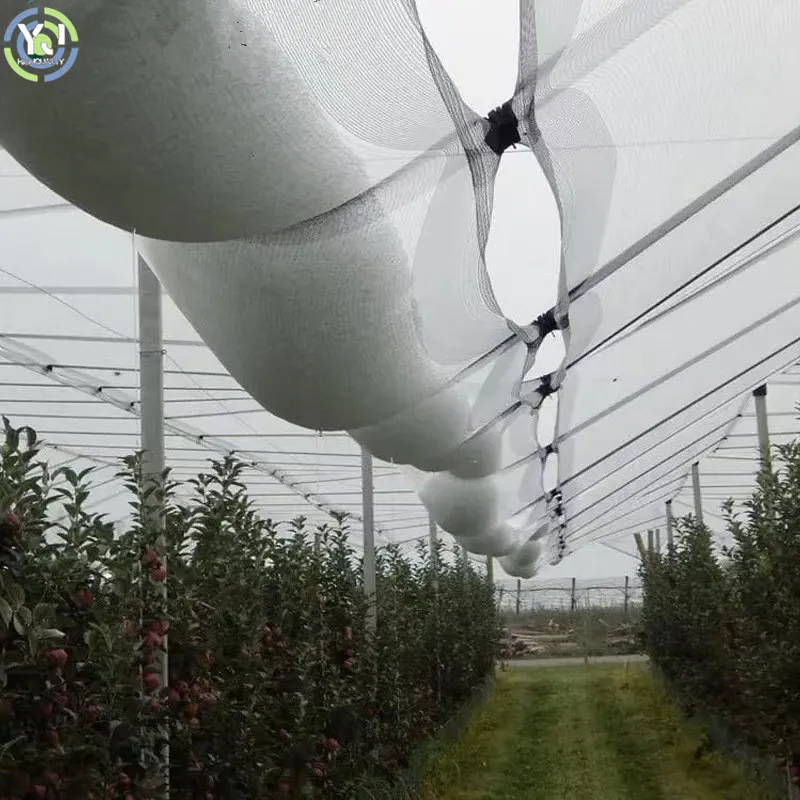-
 Afrikaans
Afrikaans -
 Albanian
Albanian -
 Amharic
Amharic -
 Arabic
Arabic -
 Armenian
Armenian -
 Azerbaijani
Azerbaijani -
 Basque
Basque -
 Belarusian
Belarusian -
 Bengali
Bengali -
 Bosnian
Bosnian -
 Bulgarian
Bulgarian -
 Catalan
Catalan -
 Cebuano
Cebuano -
 China
China -
 Corsican
Corsican -
 Croatian
Croatian -
 Czech
Czech -
 Danish
Danish -
 Dutch
Dutch -
 English
English -
 Esperanto
Esperanto -
 Estonian
Estonian -
 Finnish
Finnish -
 French
French -
 Frisian
Frisian -
 Galician
Galician -
 Georgian
Georgian -
 German
German -
 Greek
Greek -
 Gujarati
Gujarati -
 Haitian Creole
Haitian Creole -
 hausa
hausa -
 hawaiian
hawaiian -
 Hebrew
Hebrew -
 Hindi
Hindi -
 Miao
Miao -
 Hungarian
Hungarian -
 Icelandic
Icelandic -
 igbo
igbo -
 Indonesian
Indonesian -
 irish
irish -
 Italian
Italian -
 Japanese
Japanese -
 Javanese
Javanese -
 Kannada
Kannada -
 kazakh
kazakh -
 Khmer
Khmer -
 Rwandese
Rwandese -
 Korean
Korean -
 Kurdish
Kurdish -
 Kyrgyz
Kyrgyz -
 Lao
Lao -
 Latin
Latin -
 Latvian
Latvian -
 Lithuanian
Lithuanian -
 Luxembourgish
Luxembourgish -
 Macedonian
Macedonian -
 Malgashi
Malgashi -
 Malay
Malay -
 Malayalam
Malayalam -
 Maltese
Maltese -
 Maori
Maori -
 Marathi
Marathi -
 Mongolian
Mongolian -
 Myanmar
Myanmar -
 Nepali
Nepali -
 Norwegian
Norwegian -
 Norwegian
Norwegian -
 Occitan
Occitan -
 Pashto
Pashto -
 Persian
Persian -
 Polish
Polish -
 Portuguese
Portuguese -
 Punjabi
Punjabi -
 Romanian
Romanian -
 Russian
Russian -
 Samoan
Samoan -
 Scottish Gaelic
Scottish Gaelic -
 Serbian
Serbian -
 Sesotho
Sesotho -
 Shona
Shona -
 Sindhi
Sindhi -
 Sinhala
Sinhala -
 Slovak
Slovak -
 Slovenian
Slovenian -
 Somali
Somali -
 Spanish
Spanish -
 Sundanese
Sundanese -
 Swahili
Swahili -
 Swedish
Swedish -
 Tagalog
Tagalog -
 Tajik
Tajik -
 Tamil
Tamil -
 Tatar
Tatar -
 Telugu
Telugu -
 Thai
Thai -
 Turkish
Turkish -
 Turkmen
Turkmen -
 Ukrainian
Ukrainian -
 Urdu
Urdu -
 Uighur
Uighur -
 Uzbek
Uzbek -
 Vietnamese
Vietnamese -
 Welsh
Welsh -
 Bantu
Bantu -
 Yiddish
Yiddish -
 Yoruba
Yoruba -
 Zulu
Zulu
Feb . 15, 2025 17:54
Back to list
24 mesh Anti-insect netting
Creating an appealing outdoor space starts with the right measures to ensure both aesthetics and safety. Yard netting is an often-overlooked yet crucial component in crafting a comfortable and secure backyard environment. As someone who has delved deep into the nuances of garden enhancements, understanding the intricacies of yard netting can transform how you interact with your outdoor space.
Understanding the expertise behind choosing the right material for yard netting is paramount. Different materials such as polyethylene, nylon, and polypropylene offer varied benefits. For instance, polyethylene is renowned for its durability and resistance to weather conditions, making it perfect for year-round use. Meanwhile, nylon, with its robust yet flexible nature, is suited for areas requiring more pliability. Knowing these differences can aid in making informed decisions tailored to specific yard requirements. Moreover, yard netting can extend the usability of your outdoor space by creating shaded areas, improving comfort during the hot summer months. Shade netting can reduce temperatures beneath by up to 15 degrees Fahrenheit, making it a versatile choice for patios or open seating areas. This adaptability not only protects your skin from harmful UV rays, reducing the risk of sunburn, but also prolongs the lifespan of outdoor furnishings by shielding them from direct sunlight. When considering yard netting, prioritizing the installation process is as important as selecting the material itself. Poor installation can lead to sagging or tearing, which defeats the purpose of the netting. It is advisable to consult experienced professionals who can provide guidance from selection to installation, ensuring that the netting serves its intended purpose efficiently and effectively. In conclusion, yard netting is not just a protective tool but a transformative element for any outdoor area. Its ability to merge safety with functionality while preserving aesthetic appeal makes it a preferred choice among experts in outdoor design. Whether you're an avid gardener, a conscientious parent, or someone simply looking to enhance the security and beauty of your yard, yard netting emerges as an authoritative solution worth considering. Trust in the expertise available in the industry, and harness the numerous benefits yard netting offers to make your outdoor dreams a reality.


Understanding the expertise behind choosing the right material for yard netting is paramount. Different materials such as polyethylene, nylon, and polypropylene offer varied benefits. For instance, polyethylene is renowned for its durability and resistance to weather conditions, making it perfect for year-round use. Meanwhile, nylon, with its robust yet flexible nature, is suited for areas requiring more pliability. Knowing these differences can aid in making informed decisions tailored to specific yard requirements. Moreover, yard netting can extend the usability of your outdoor space by creating shaded areas, improving comfort during the hot summer months. Shade netting can reduce temperatures beneath by up to 15 degrees Fahrenheit, making it a versatile choice for patios or open seating areas. This adaptability not only protects your skin from harmful UV rays, reducing the risk of sunburn, but also prolongs the lifespan of outdoor furnishings by shielding them from direct sunlight. When considering yard netting, prioritizing the installation process is as important as selecting the material itself. Poor installation can lead to sagging or tearing, which defeats the purpose of the netting. It is advisable to consult experienced professionals who can provide guidance from selection to installation, ensuring that the netting serves its intended purpose efficiently and effectively. In conclusion, yard netting is not just a protective tool but a transformative element for any outdoor area. Its ability to merge safety with functionality while preserving aesthetic appeal makes it a preferred choice among experts in outdoor design. Whether you're an avid gardener, a conscientious parent, or someone simply looking to enhance the security and beauty of your yard, yard netting emerges as an authoritative solution worth considering. Trust in the expertise available in the industry, and harness the numerous benefits yard netting offers to make your outdoor dreams a reality.
Latest news
-
Shipping Plastic Bags for Every NeedNewsJul.24,2025
-
Safety Netting: Your Shield in ConstructionNewsJul.24,2025
-
Plastic Mesh Netting for Everyday UseNewsJul.24,2025
-
Nylon Netting for Every UseNewsJul.24,2025
-
Mesh Breeder Box for Fish TanksNewsJul.24,2025
-
Expanded Steel Mesh Offers Durable VersatilityNewsJul.24,2025











